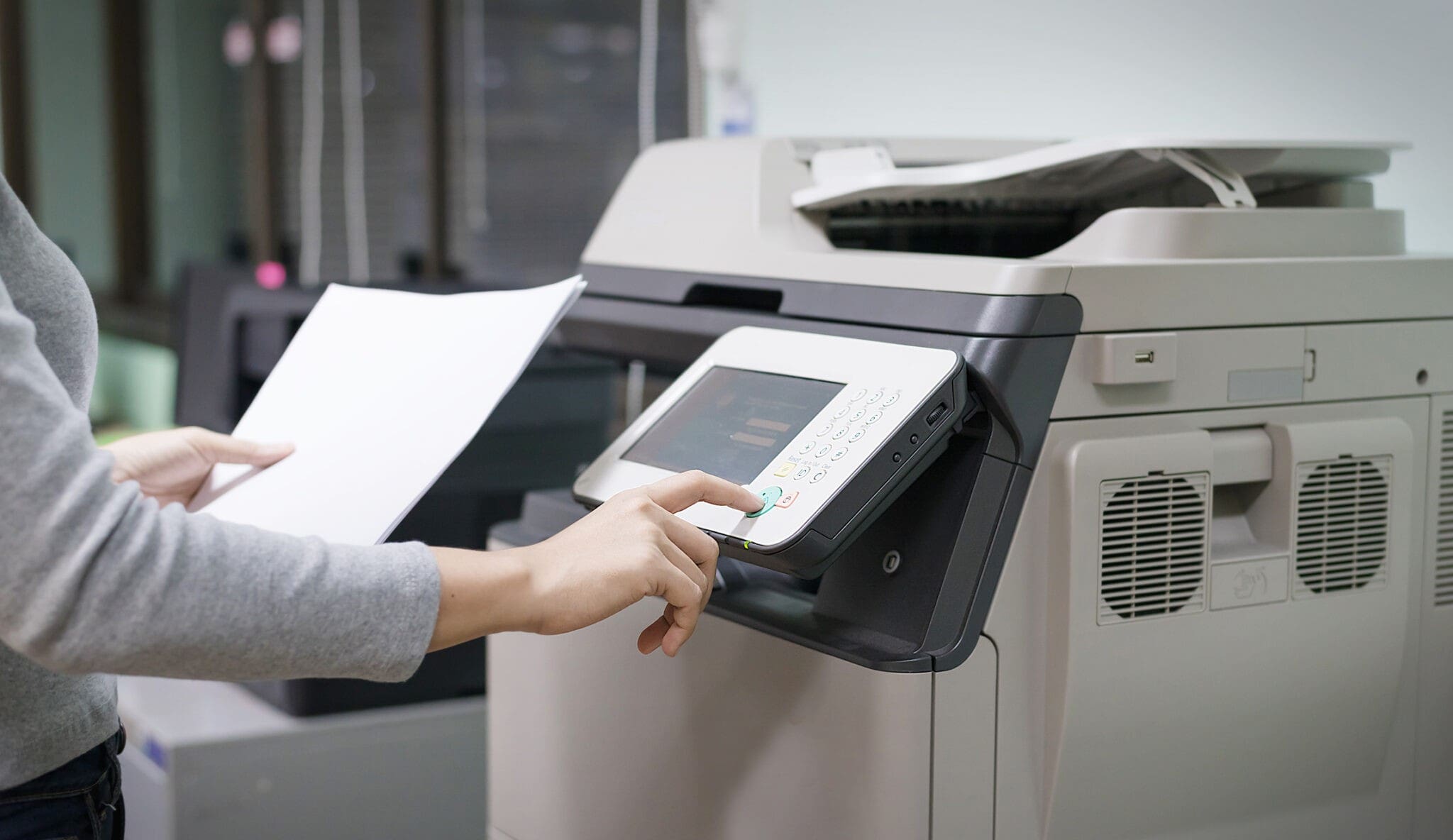Capital Goods Scheme
The Capital Goods Scheme (CGS) was introduced to adjust the input tax recovered on the acquisition of certain items of capital expenditure which are not wholly used for making taxable supplies.
The scheme recognises that assets can be used by a business over a number of years and that there may be variations over those years in the extent to which the items are used to make taxable supplies. It provides a mechanism whereby the initial input tax claimed can be adjusted over a period of up to 10 years.
Assets within the scheme
Assets within the scheme, whether new or second hand, are:
- Computer hardware costing at least £50,000;
- Land and buildings, civil engineering works and refurbishments and fitting out works with a value of at least £250,000;
- Ships and aircraft costing £50,000 or more.
Values are exclusive of VAT.
The scheme does not apply to assets acquired or expenditure on assets held solely for resale, e.g. stock-in trade. However, if an asset is used in the business before it is sold, the CGS will apply; conversely if a capital item is sold before being used, it is no longer treated as a capital item.
Capital items
When a capital item within the scheme is acquired, the normal rules for claiming input tax apply, i.e.:
- If used wholly in making taxable supplies, input tax is recoverable in full.
- If used wholly in making exempt supplies none of the input tax is recoverable; and
- If used for making a mixture of taxable and exempt supplies, a proportion of the input tax may be claimed under the partial exemption rules.
Where, subsequently, in a period called the adjustment period, there is a change in the extent of taxable use, an input tax adjustment must be made to take account of this. If taxable use increases, a further amount of input tax can be claimed and, if it decreases, some of the input tax already claimed must be repaid.
The scheme also takes into account fluctuations in the extent to which a capital item within the scheme is used for business/non-business purposes.
The adjustment period
The adjustment period is normally:
- Ten successive intervals in the case of land, a building or part of a building or a civil engineering work;
- Five successive intervals in the case of a computer or item of computer equipment, an aircraft, or a ship, boat, or another vessel.
However, the number of intervals may be different, for example, if a person who registers for VAT had ownership of the asset prior to registration.
The first interval commences on the day on which the owner first uses the capital item and ends on the day before the start of their next tax year. The tax year is the twelve months ending on 31 March, 30 April or 31 May according to the VAT periods allocated by HMRC. VAT recoverable in the first interval is calculated in accordance with the normal partial exemption rules.
Subsequent intervals normally last one year. Where the extent to which a capital item is used in making taxable supplies in a subsequent interval increases or decreases, from the extent to which it was so used at the time the original entitlement of the input tax was determined under the partial exemption rules, an adjustment is required. For example:
VAT incurred on the purchase of a property is £300,000 and the adjustment period is 10 years. Based on the partial exemption recovery percentage in the first year, 60% of the VAT is recoverable, and so in the first period, the recoverable VAT is £180,000 (£300,000 x 60% = £180,000).
In each subsequent interval, the business is required to rework the calculation using the original VAT incurred (£300,000), and using the difference between the original recovery rate of 60% and the actual recovery rate in the period. In this example the recovery percentage in year two is 70%. This means that the business will be able to reclaim £300,000 ÷ (10 x 10%) = £3,000. If the recovery percentage in year two had been lower than 60%, VAT would have been payable instead of recoverable.
Note, where the scheme applies, the value of the asset for capital allowances purposes (which includes any irrecoverable VAT) will be affected by any adjustments.
The CGS does not cease to apply merely because the asset is sold in a transaction which is outside the scope of VAT, because it is the transfer of a going concern. The purchaser of the business must continue the annual adjustments for the balance of the adjustment period.
This means that the purchaser must ensure that the records transferred include the necessary details of the date of acquisition, the input tax incurred at that time, and the percentage of that tax which was recovered by the vendor. It also means that the purchaser may be able to reclaim, or have to repay, some of that tax with a consequent reduction or increase in the cost of the asset.
A taxable business will only be concerned with the CGS if the business use of an asset changes, or if they start to make exempt supplies and become partially exempt, and this includes the exempt sale of an asset within the scheme. This can catch out businesses that can usually reclaim all their VAT.
For example, a business may purchase a property and reclaim all the VAT in the normal way. It uses the property in its fully taxable business. After six years, the business sells the property to move to bigger premises. The property is more than three years old and so the sale is an exempt supply. Consequently, no VAT is charged.
As the sale is exempt from VAT there is a deemed change of use from taxable to exempt use and so 40% of the VAT originally claimed must be repaid to HMRC. This is because the remaining four years of the CGS is treated as exempt use out of the ten-year adjustment period.
This area of VAT is complicated. Should you require detailed advice, please contact one of our VAT team.

Let’s get started
Contact page
Contact Us





